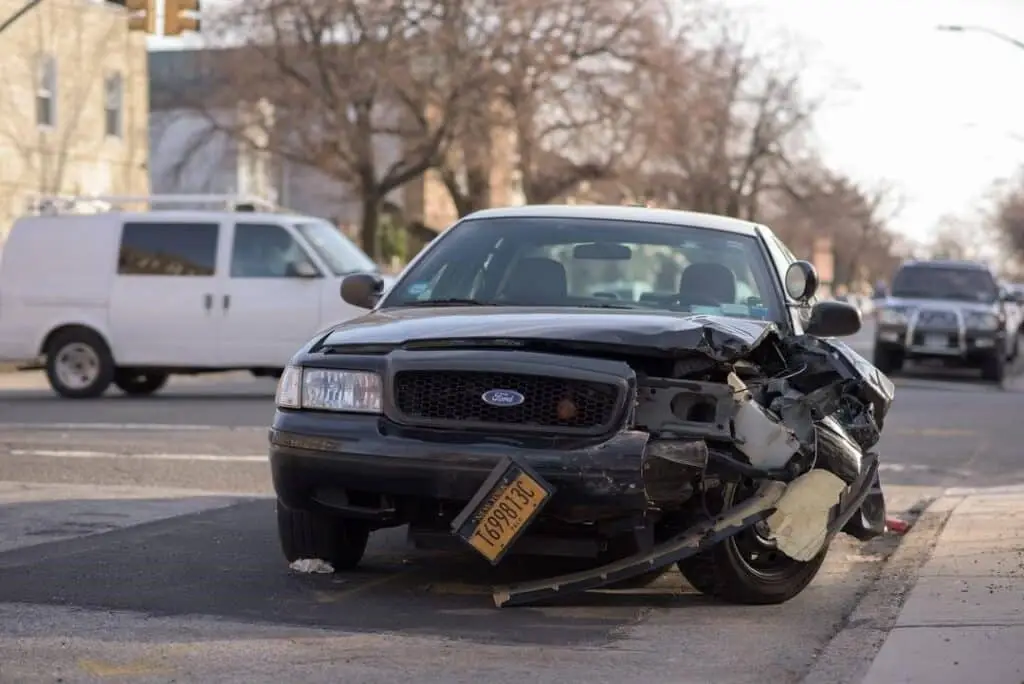Entrusting a potentially dangerous instrument like a car to someone who is known to be incapable of ensuring the safety of third parties is an act of negligence that can expose someone to legal liability for negligent entrustment.
What Is Negligent Entrustment?
Negligent entrustment occurs when someone, such as an employer, puts a potentially dangerous instrument, such as a vehicle or firearm, in the hands of someone known to misuse that type of tool. The key to holding someone liable for this type of negligence is proving they knew or should have known about the other person’s history, and they let them use the instrument anyway.
For example, if an employer knowingly lets an employee with a documented history of reckless driving use a company vehicle and that employee causes an accident, that employer may be liable for negligent entrustment.
A negligent entrustment claim can be brought against any type of party, not just an employer. For example, if you lend your car to your neighbor even though you know they have a history of reckless driving and they cause an accident, you can be liable for damages if the victim brings a negligent entrustment claim against you.
Below is an explanation of the main aspects of negligent entrustment. To better illustrate each factor, we’ll use the example of an employer who negligently entrusted a vehicle to an employee with a known history of reckless driving.
Entrustment by Owner
The first thing you need to prove is that the owner of the automobile or dangerous tool gave explicit permission to the person who caused the harm to use that instrument. This foundational element emphasizes the owner’s responsibility in allowing that other person to access a dangerous tool, whether it’s a vehicle, machinery, or any instrument that can cause harm. For example, if the employer gives an employee a company vehicle to use during the workday, that employer has given the employee permission to use the vehicle.
The Owner Knew or Should Have Known
Another key factor is proving that the owner of the instrument knew or should have reasonably known that the entrusted person was incompetent, unlicensed, or reckless. For example, signs of incompetence or irresponsibility, like previous accidents, should raise red flags, prompting the employer to reconsider entrusting the employee with a vehicle.
The problem with incompetence is not just that a person lacks skills or expertise. The problem is the employer knew about these inadequacies and ignored them, putting others in harm’s way.
Driver Was Negligent
Before holding the owner liable, you must show the operator’s negligence caused the accident. For example, the employee with a history of reckless driving must have been negligent in causing the accident to hold the employer liable for negligent entrustment.
Drivers Negligence Was the Proximate Cause of the Accident
Proximate cause is a key element in any negligent entrustment case. It basically refers to proving a direct link between the operator’s negligence and the subsequent accident and damages. For example, you must show the driver’s negligence caused the accident and your damages to hold the employer liable for negligent entrustment. Demonstrating proximate cause requires compelling evidence, often involving witness testimonies, expert opinions, and a thorough analysis of the accident’s circumstances.
Get help from a negligent entrustment lawyer
A seasoned law firm with a track record of successfully resolving these types of cases will be your best asset if you are involved in an accident involving negligent entrustment. Here’s how a lawyer can help you.
Case Assessment
A knowledgeable attorney will assess the details of your case and determine the best next steps for you. They can help you understand the strengths and weaknesses of your case, providing a realistic perspective on potential outcomes.
Thorough Investigation
Law firms have the resources to conduct a thorough investigation into the incident. This may involve gathering witness statements, analyzing accident reports, examining employment records, and consulting experts to establish a solid foundation for your case.
Legal Strategy Development
Based on the investigation, your attorney will develop a customized legal strategy tailored to your specific circumstances. They will outline the best course of action to maximize your compensation.
Negotiation and Settlement
A skilled lawyer can negotiate with the opposing party, usually an insurance company. They will strive to secure a fair settlement that compensates you for medical expenses, lost wages, pain and suffering, and other damages resulting from the accident.
Litigation Representation
If a fair settlement cannot be reached through negotiations, your attorney will represent you in court. They will present your case, cross-examine witnesses, and handle all legal aspects of the litigation process. The strength of your attorney’s arguments will be decisive, so it’s best to hire a truly experienced lawyer.
Sources










